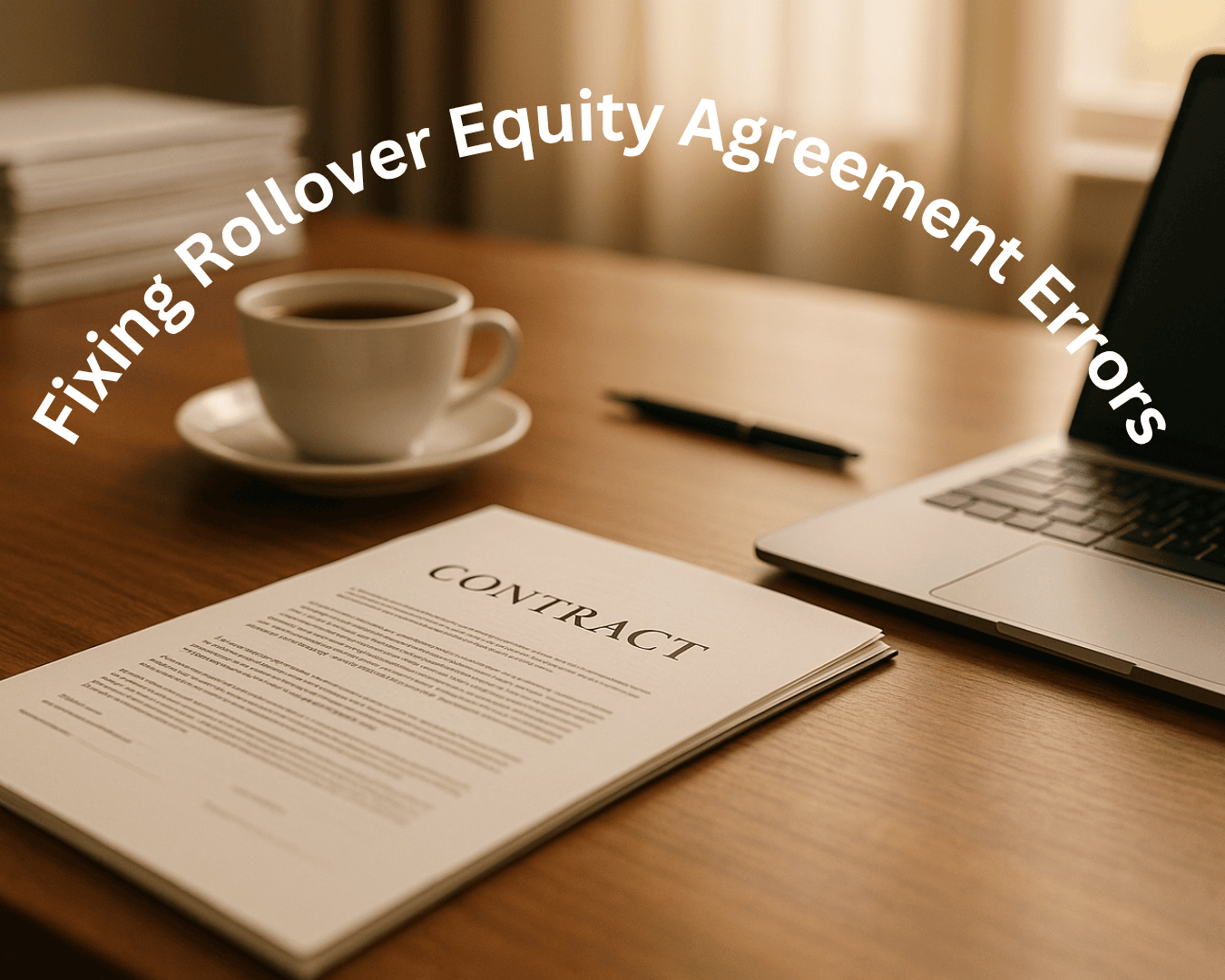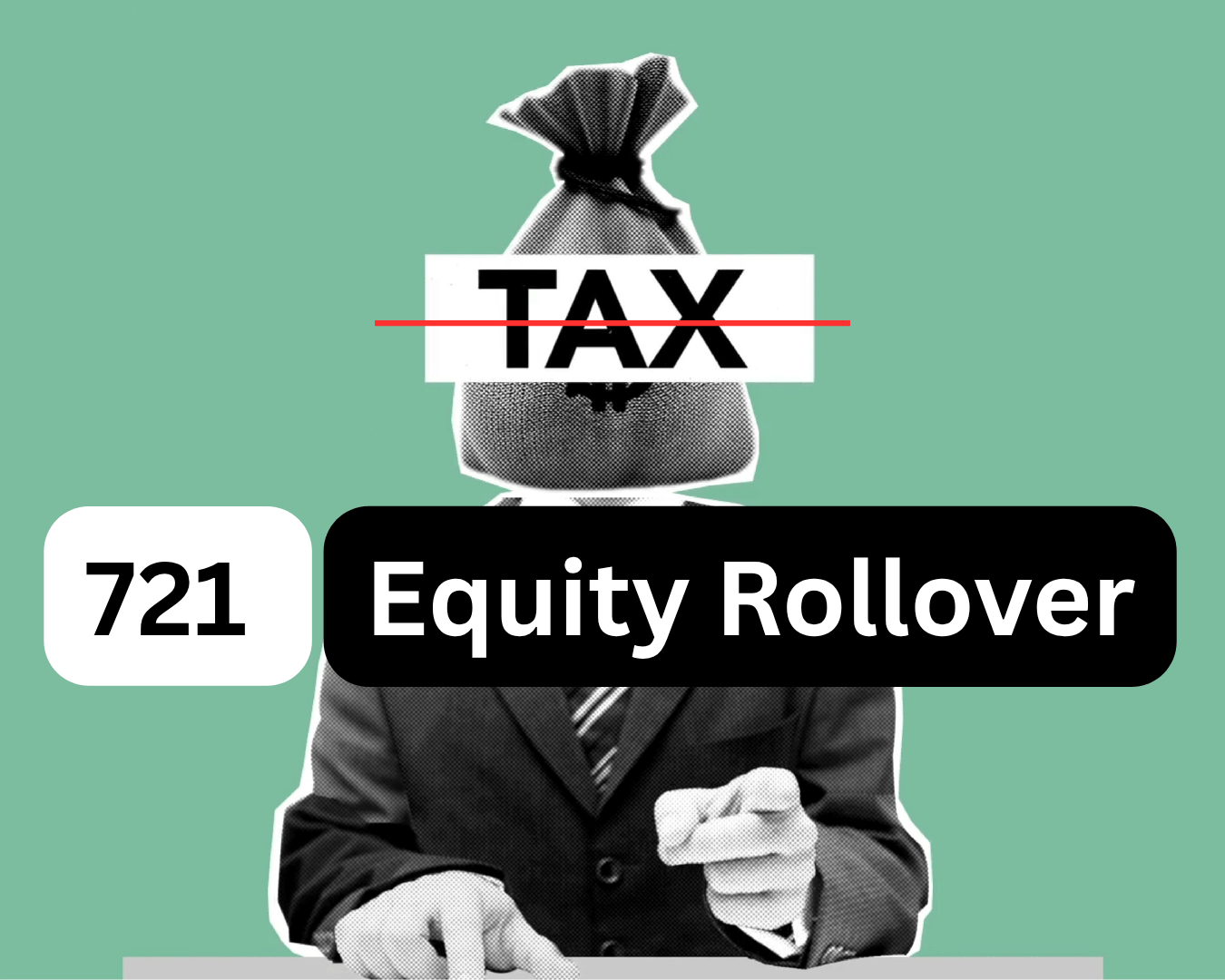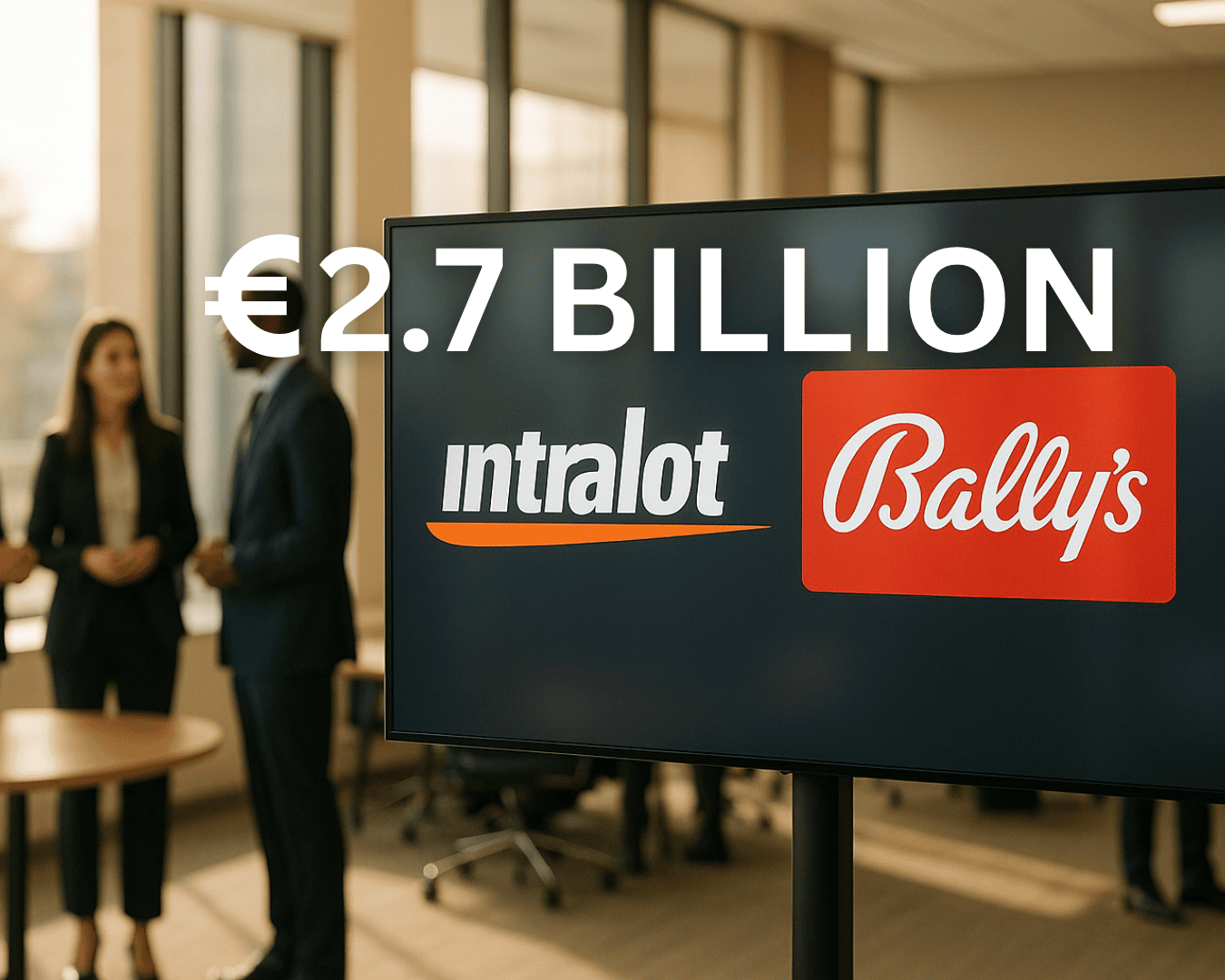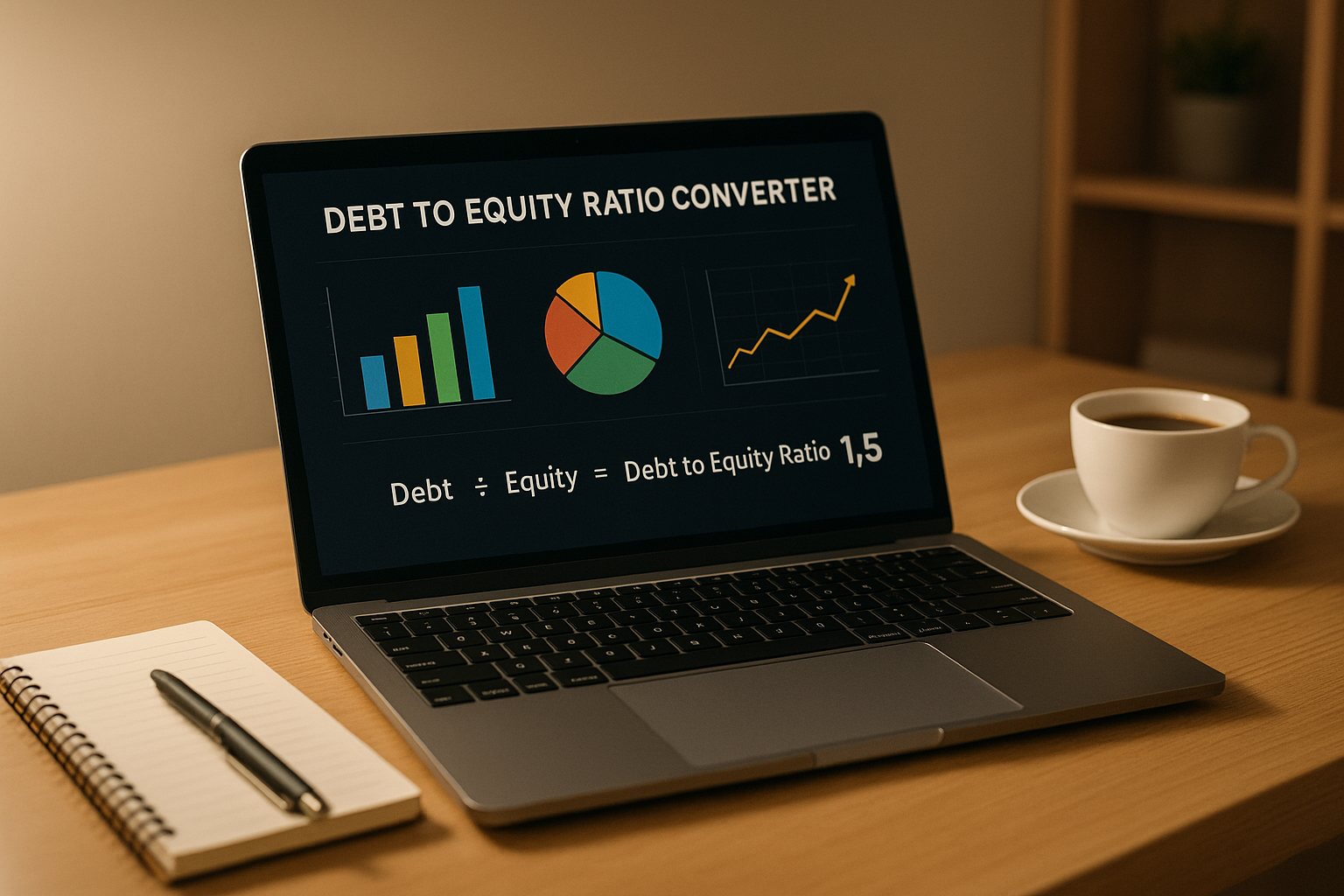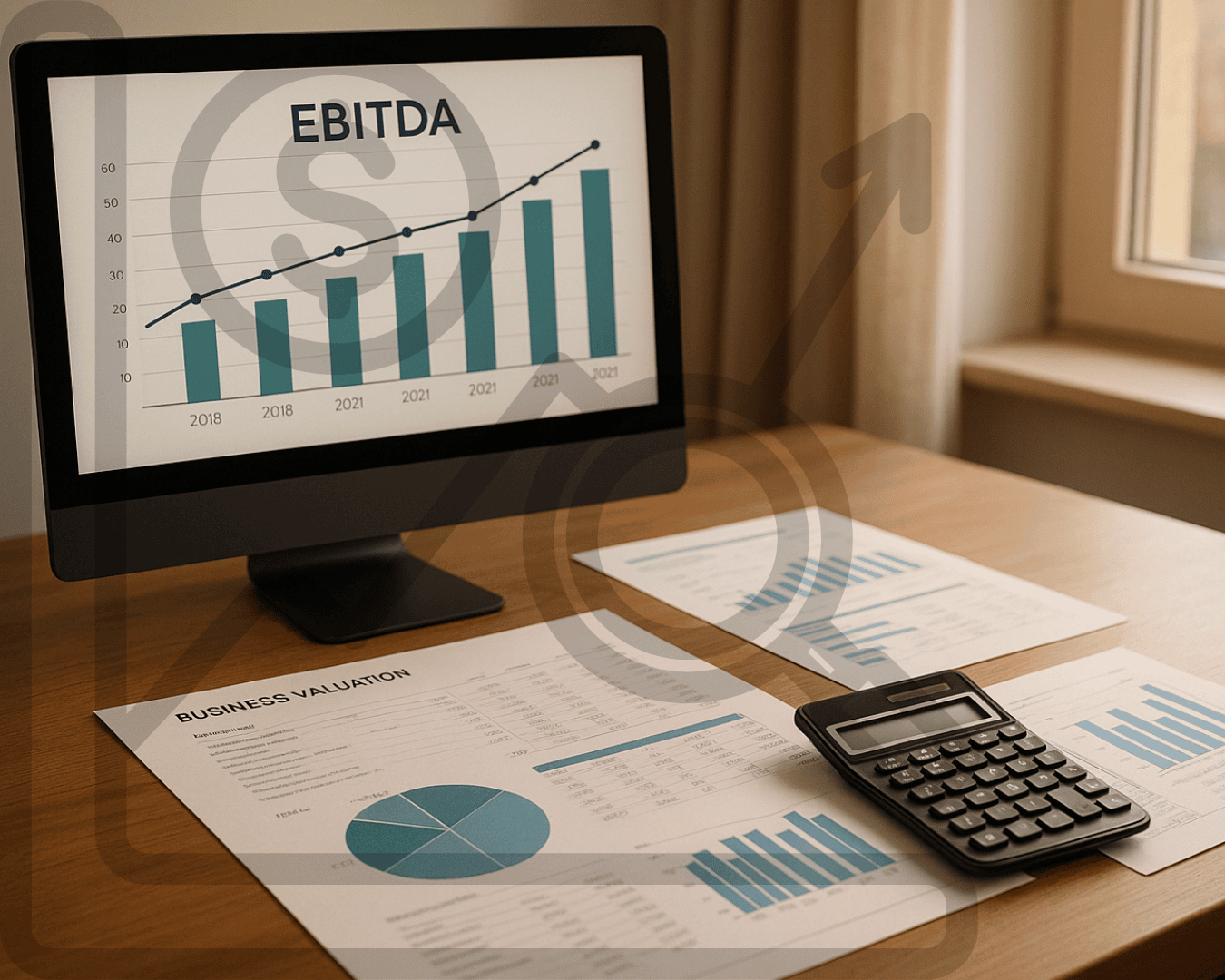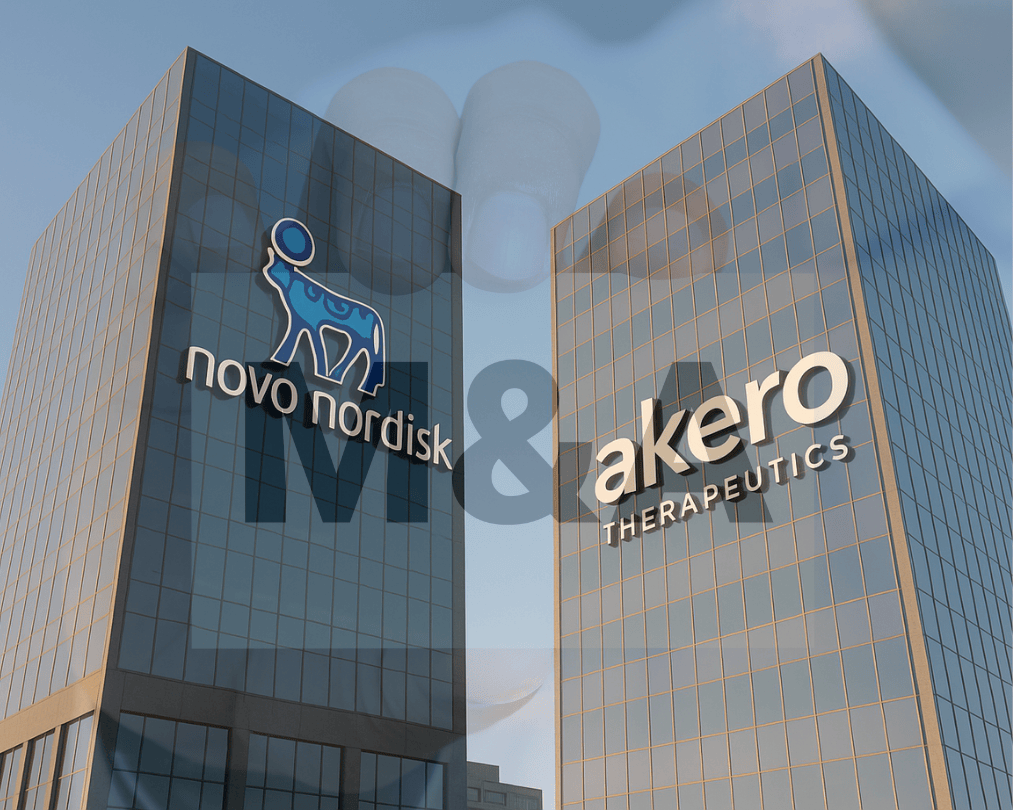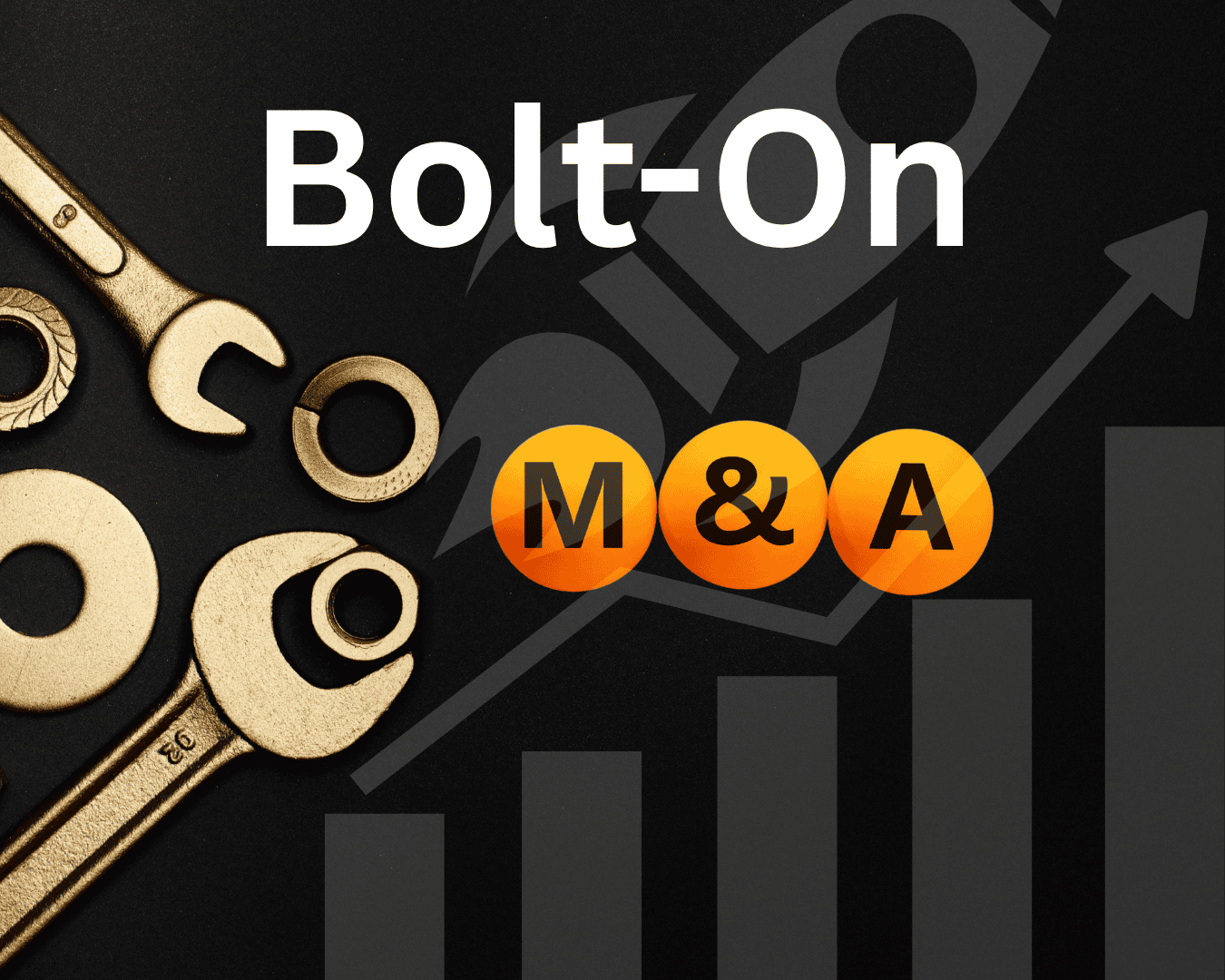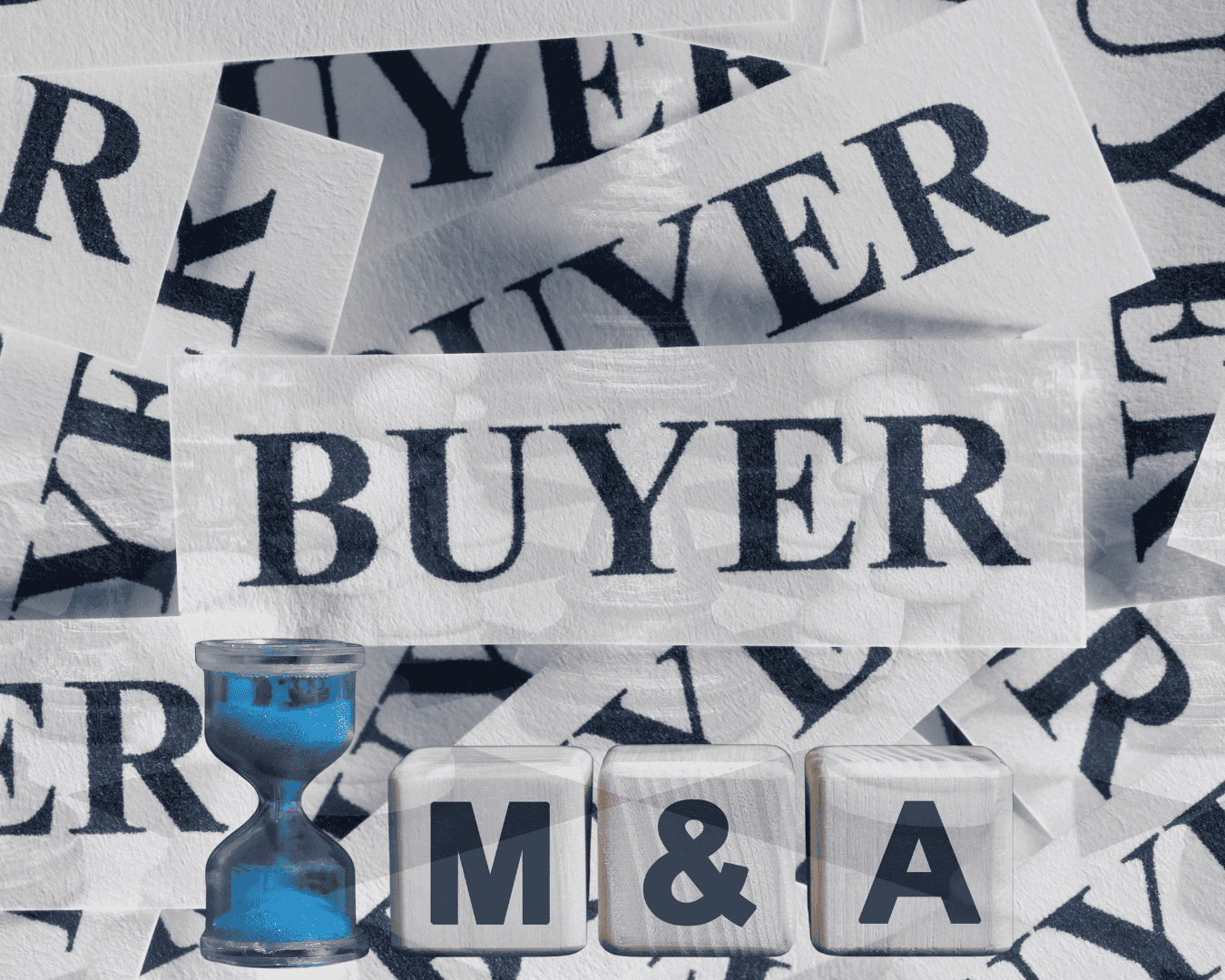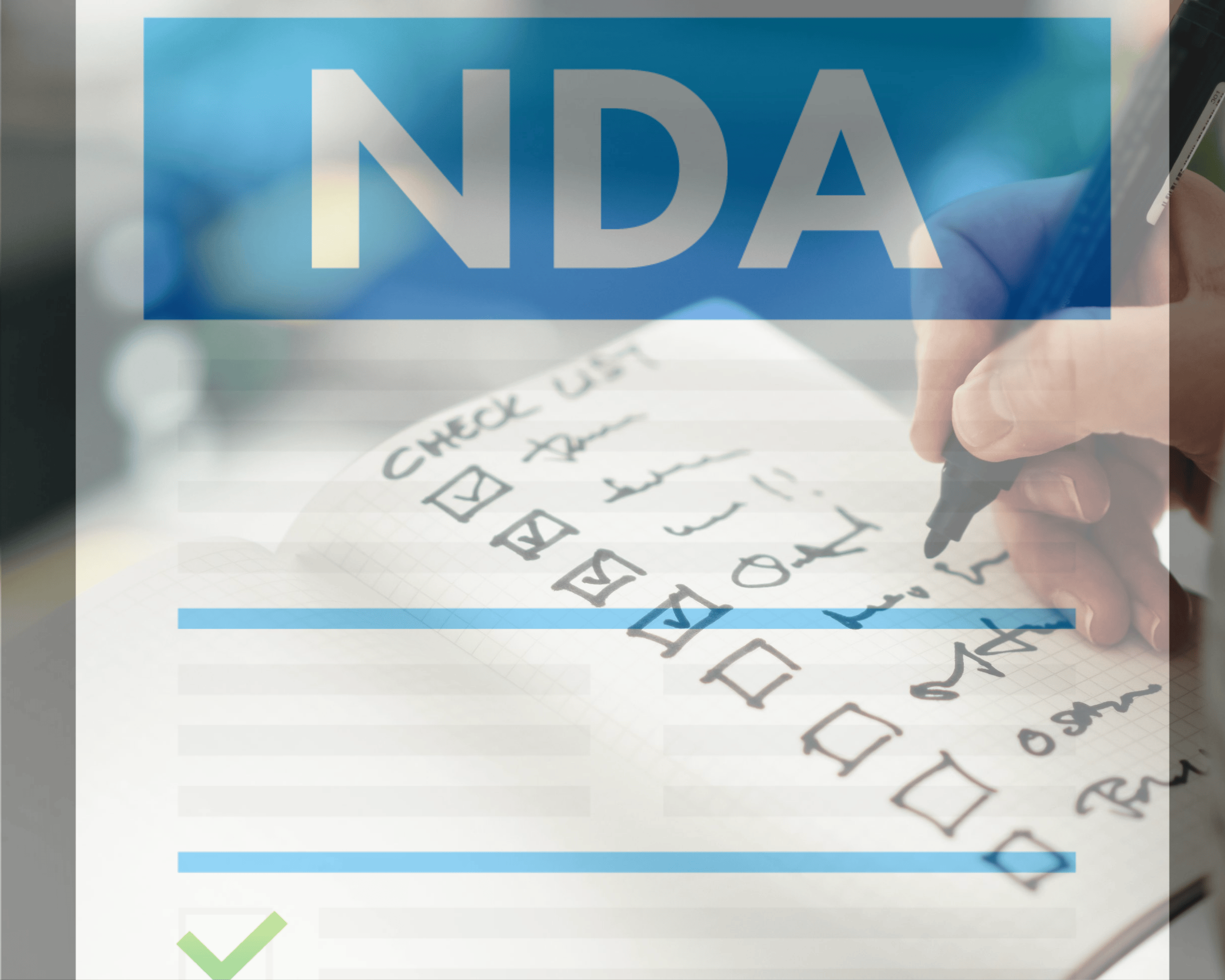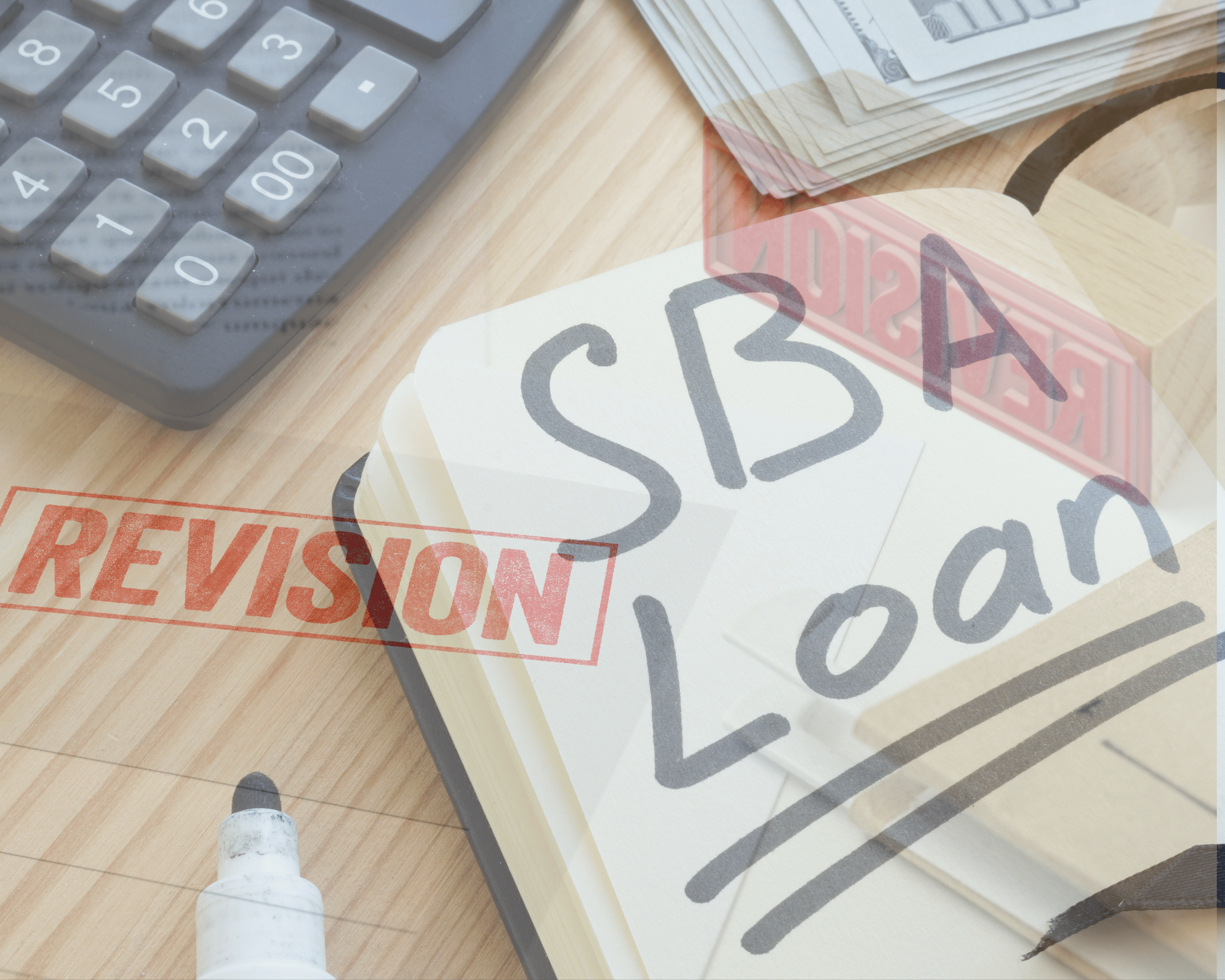1) Asset Sale vs. Stock Sale — The Starting Point
In an asset sale, the buyer purchases the underlying business assets—equipment, goodwill, customer lists, real estate, and more—rather than the corporate stock itself. The S corporation remains the legal owner until it distributes the proceeds and formally dissolves.
- Buyers prefer asset purchases for a step-up in basis (fresh depreciation/amortization) and reduced exposure to prior liabilities.
- Sellers often prefer stock sales for simplicity and generally favorable capital gains treatment.
Because of these competing interests, structure becomes a negotiation. In some scenarios, an S-corp seller and a corporate buyer may consider a §338(h)(10) election—a stock sale treated as an asset sale for tax purposes—delivering the buyer’s step-up while keeping a cleaner legal transfer.
2) Tax at the Corporate Level
Even though an S corporation is a pass-through entity, it must recognize gain or loss on each asset sold: Sale Price – Tax Basis = Gain or Loss. The character of that gain depends on the asset class:
| Asset Type | Typical Tax Treatment |
|---|---|
| Depreciable assets (equipment, vehicles) | Ordinary income from depreciation recapture |
| Inventory | Ordinary income |
| Real estate | Potential §1250 recapture |
| Intangibles (goodwill, customer lists, trademarks) | Capital gain (typically favorable rates) |
The total gain recognized at the entity level flows through to shareholders via Schedule K-1 in the year of sale.
4) Why Purchase Price Allocation (Form 8594) Matters
Buyer and seller must file Form 8594 under IRC §1060, allocating purchase price across asset classes. Allocation drives the seller’s gain character and the buyer’s future depreciation:
- More allocated to goodwill → generally better for the seller (capital gains).
- More allocated to equipment → generally better for the buyer (faster depreciation), but can increase the seller’s ordinary income via recapture.
Tip: Model after-tax outcomes before signing. Allocation is a high-leverage bargaining chip—sellers often trade buyer-friendly allocation for higher headline price or better earn-out terms.
5) Built-In Gains (BIG) Tax — If the S Corp Was Once a C Corp
If the S corporation previously operated as a C corporation and converted within the last five years, Built-In Gains tax under IRC §1374 may apply at a 21% corporate rate on pre-conversion appreciation. If the five-year recognition window has expired, BIG generally does not apply—but you should confirm conversion history early in the process.
6) Unwinding the S Corporation
- Pay off remaining liabilities.
- Distribute remaining proceeds to shareholders (liquidating distributions).
- File the final Form 1120-S (check “Final Return”) and dissolve at the state level.
The final distribution can itself trigger capital gain or loss depending on each shareholder’s basis—completing the tax cycle from entity to individual.
7) Numerical Example
Assumptions
- Total sale price: $2,000,000
- Aggregate tax basis in assets: $800,000 → total gain: $1,200,000
- Allocation: 50% goodwill (capital), 50% equipment (ordinary via recapture)
- Single shareholder stock basis: $500,000
Tax results
- $600,000 ordinary income (equipment recapture)
- $600,000 capital gain (goodwill)
- $1.5M distribution vs. $500,000 basis → $1,000,000 capital gain on liquidation
Total taxable income: $600K ordinary + $1.6M capital gain.
8) Planning Strategies for S-Corp Sellers
- Negotiate allocation toward goodwill to maximize capital-gains treatment.
- Track and, where appropriate, increase shareholder basis to reduce taxable liquidation gain.
- Consider installment sale terms (if eligible) to spread tax over time.
- Model a §338(h)(10) election when the buyer is a corporation; you may capture part of the buyer’s step-up benefit in price.
- Review potential BIG tax if you ever operated as a C corporation.
- Plan for tax liquidity at distribution—ensure adequate cash to cover shareholder taxes.







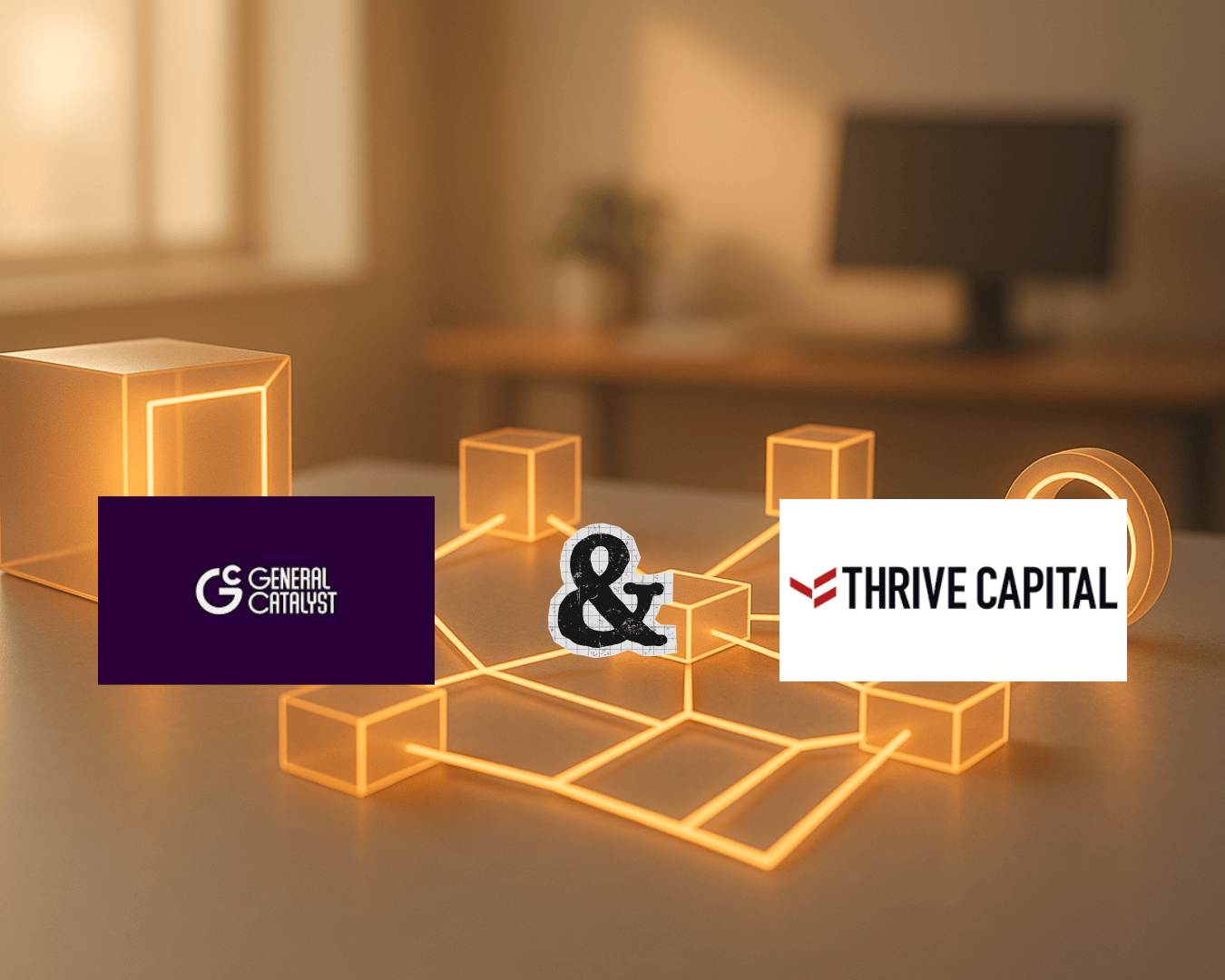
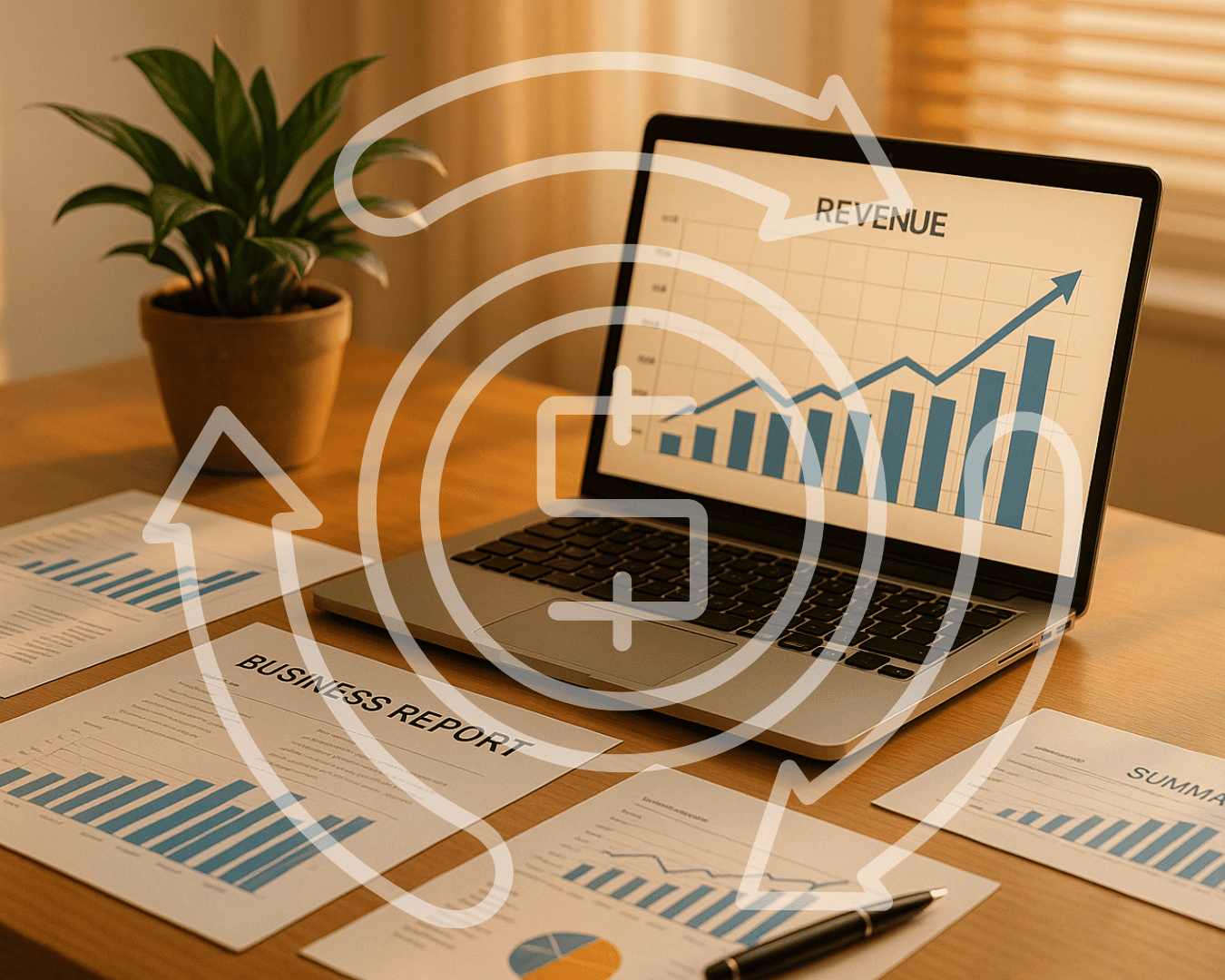






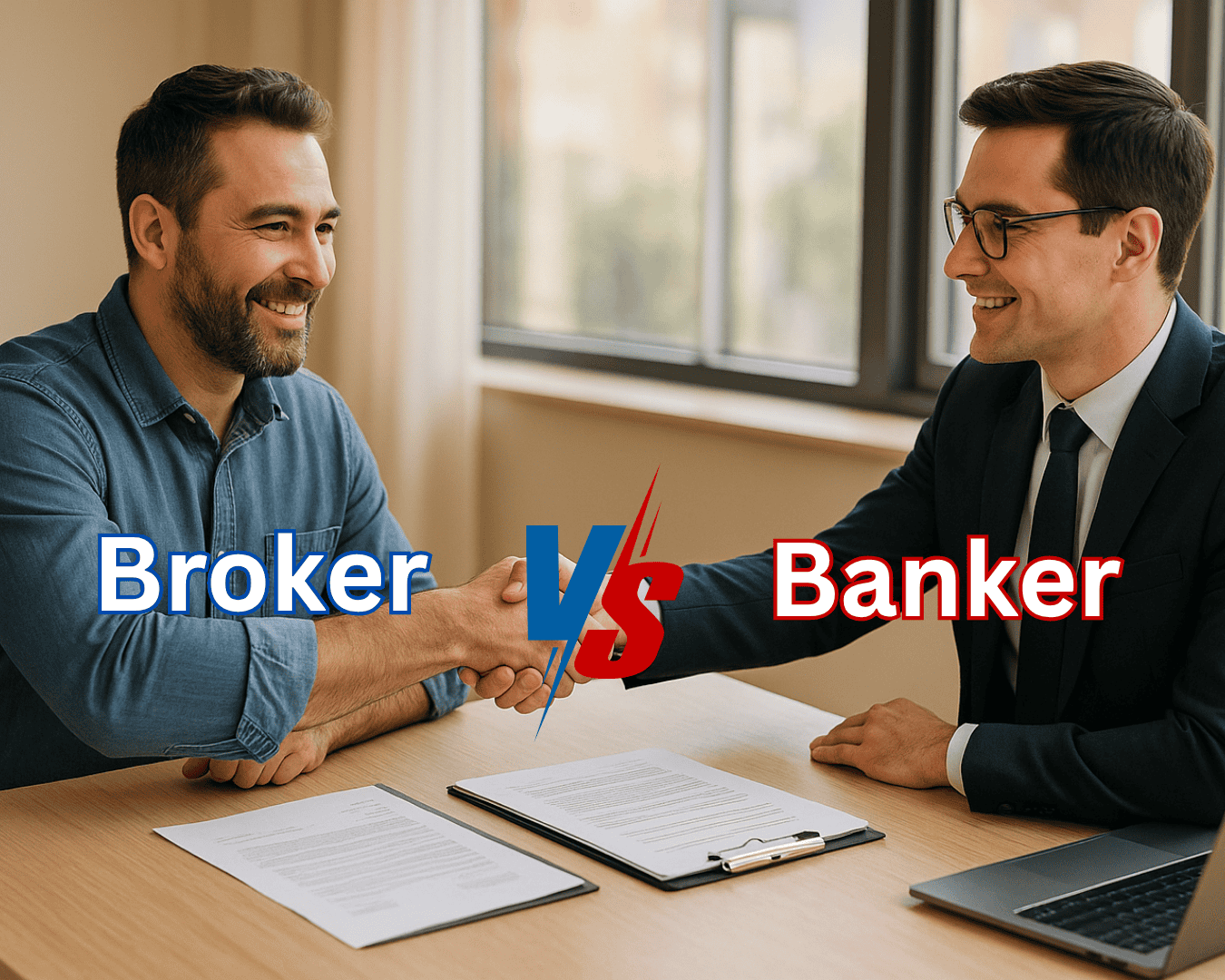
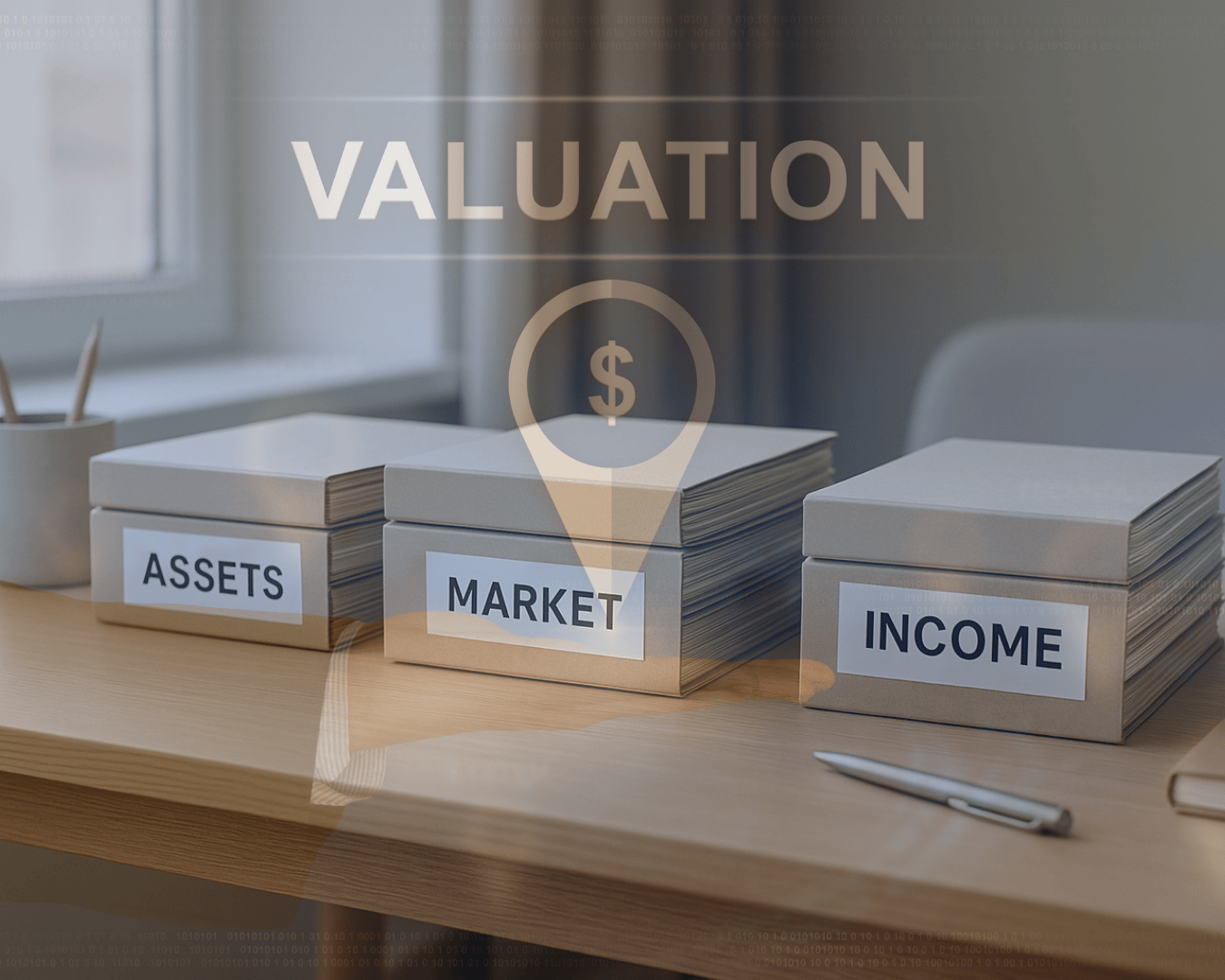


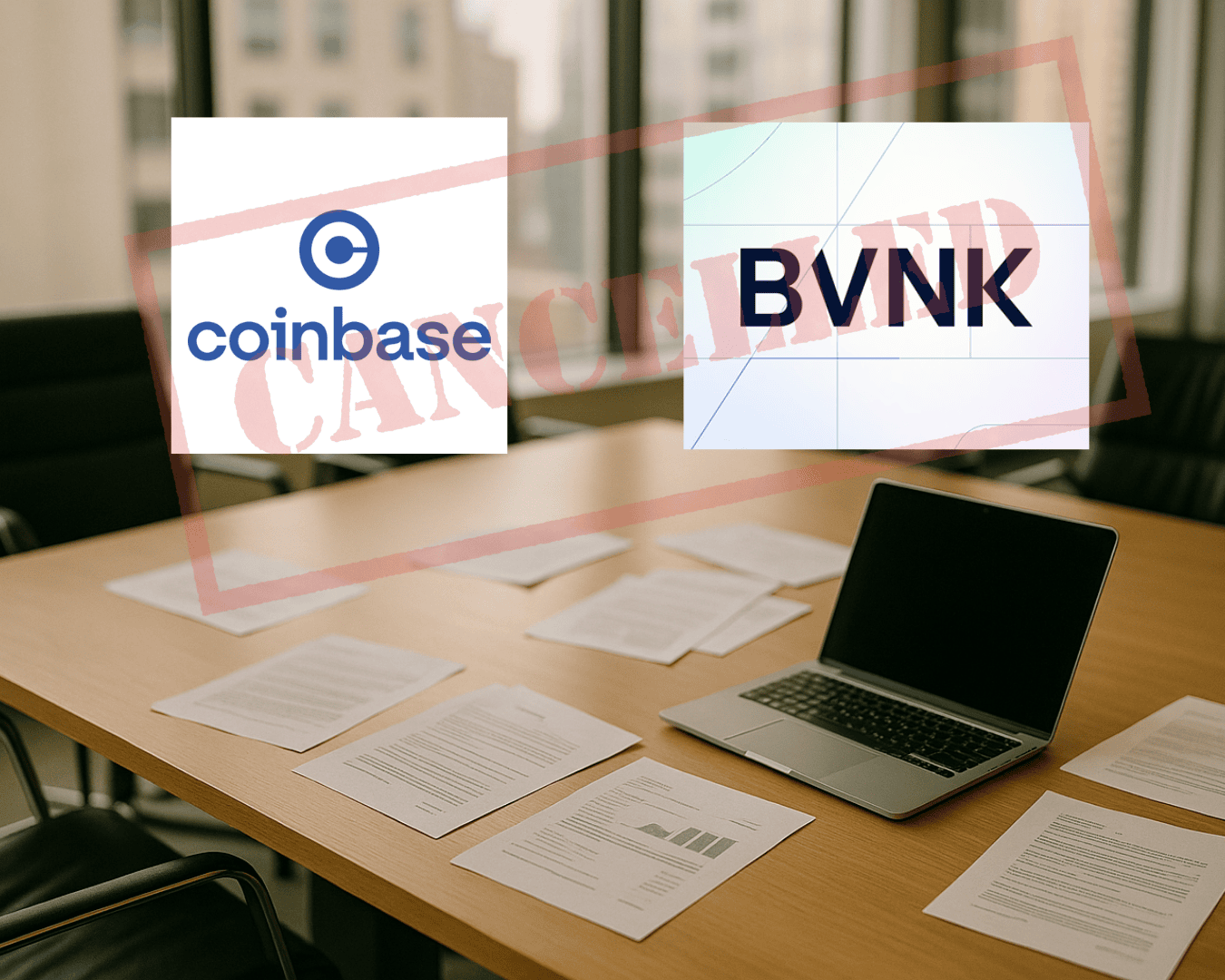









.png)

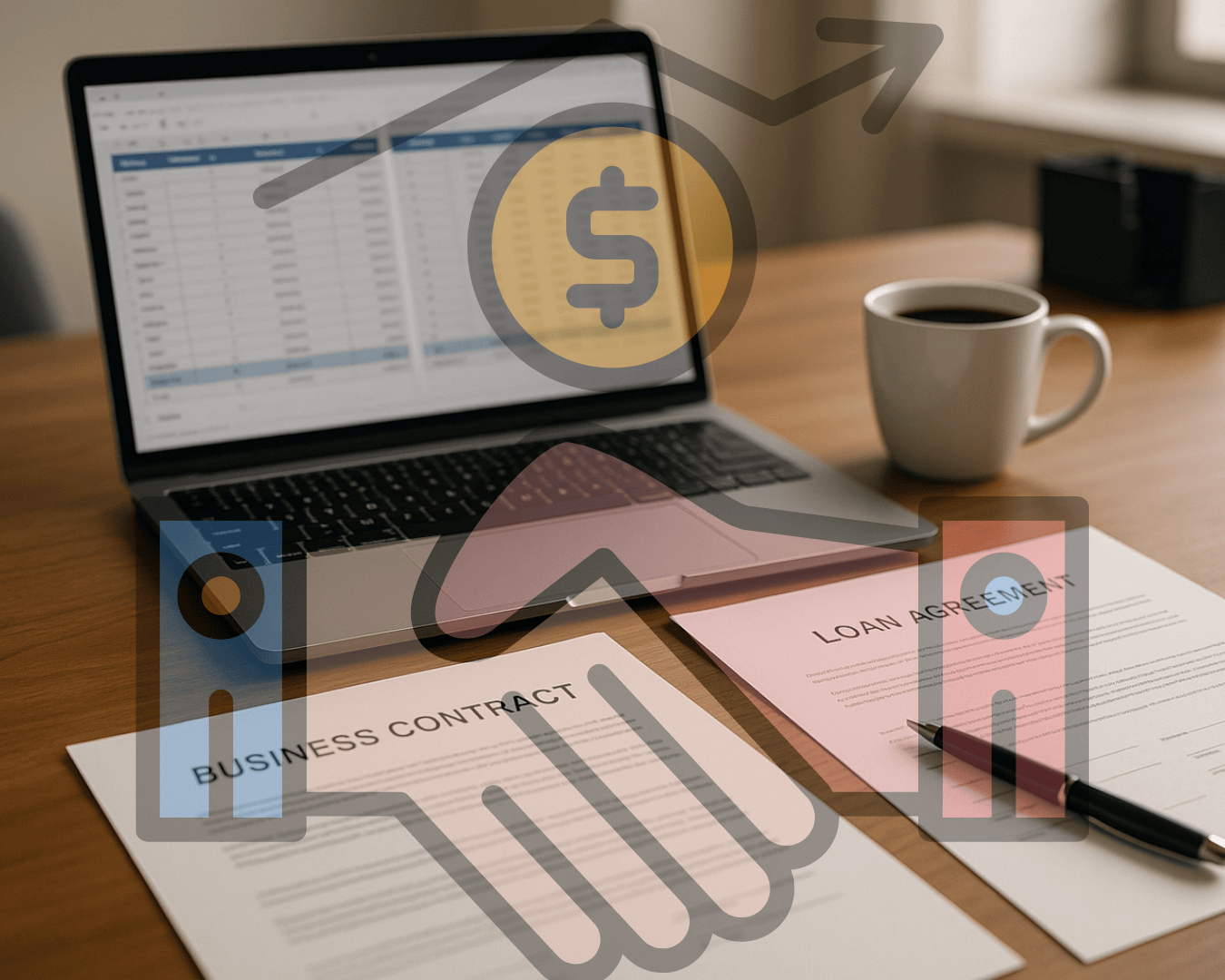


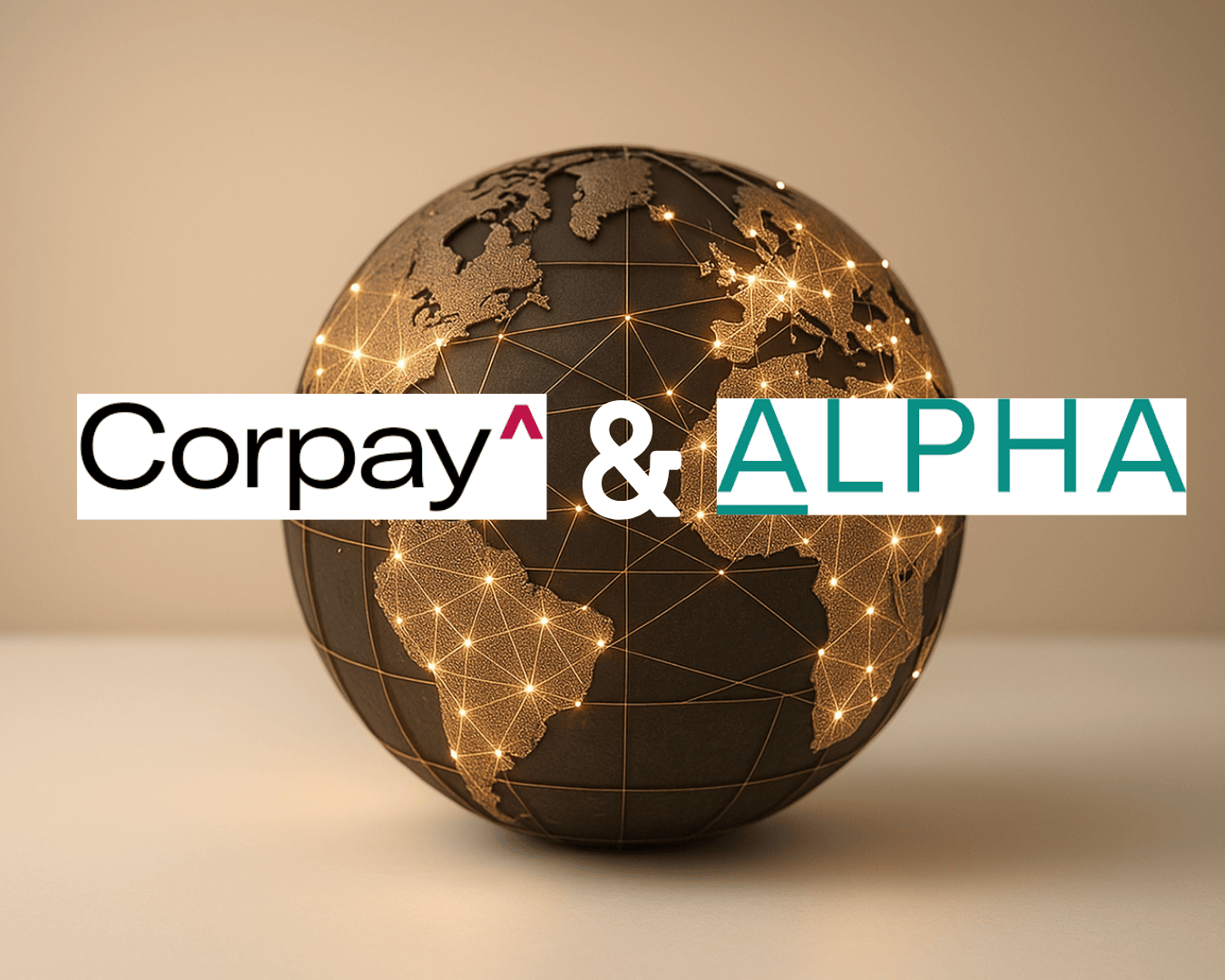





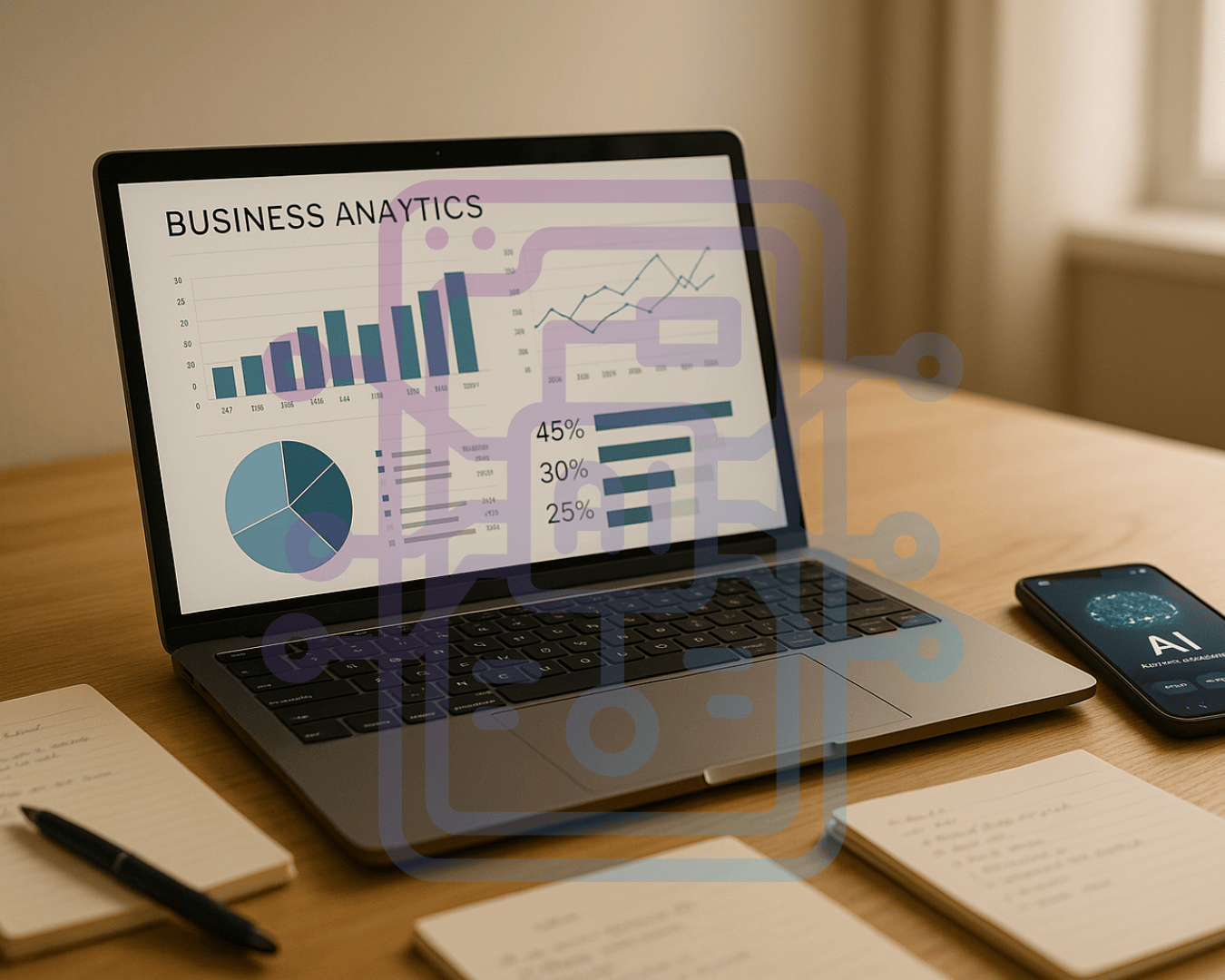






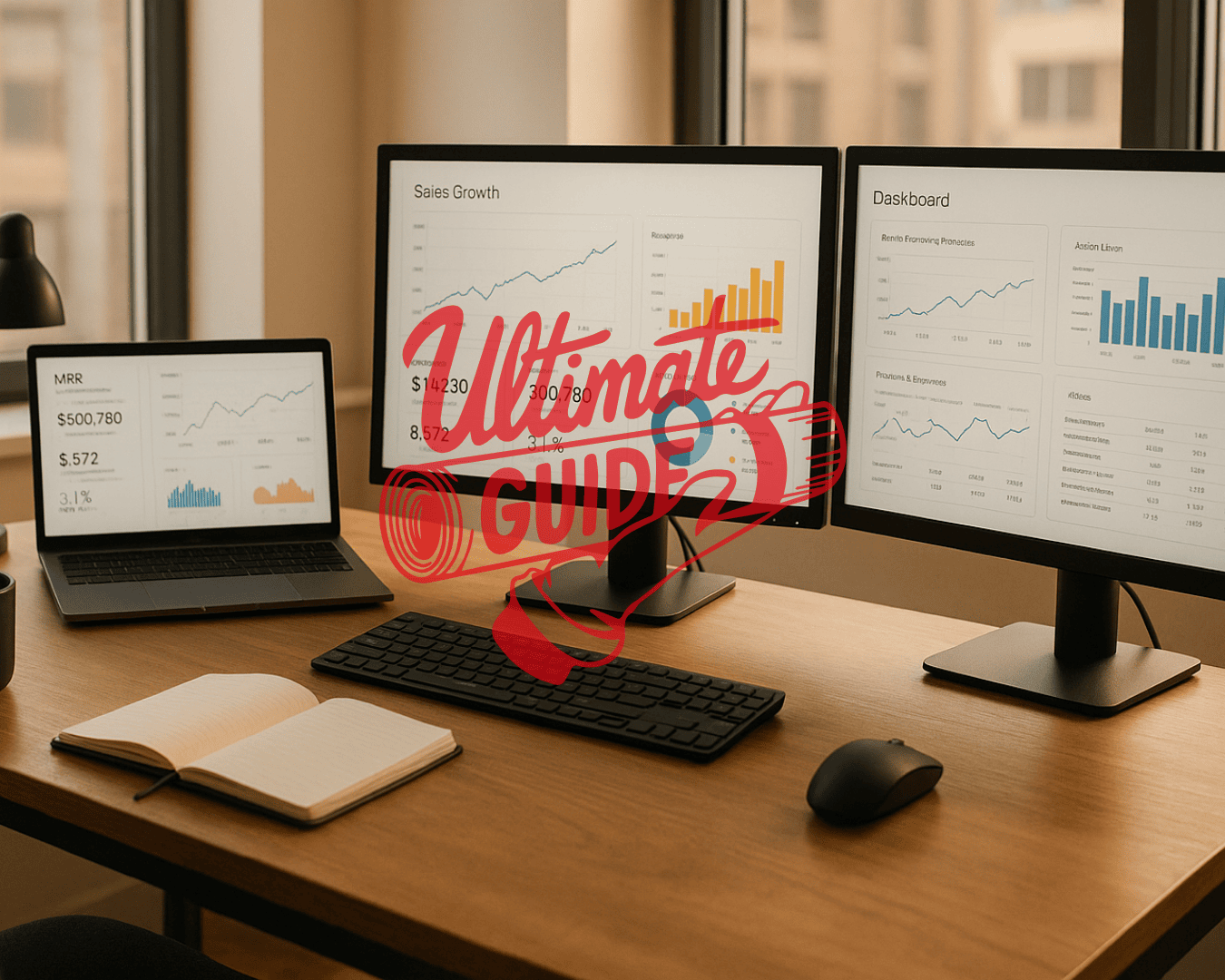




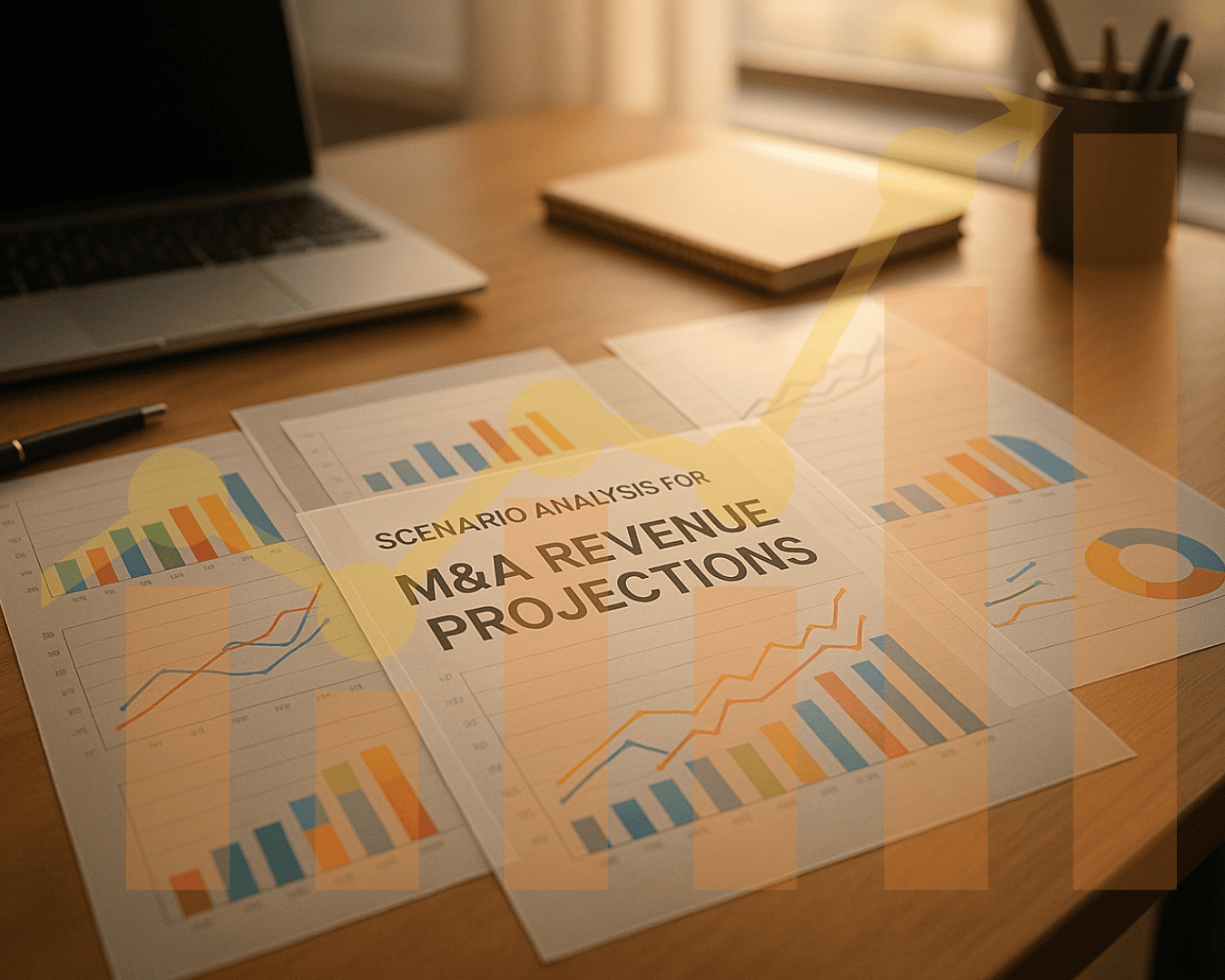
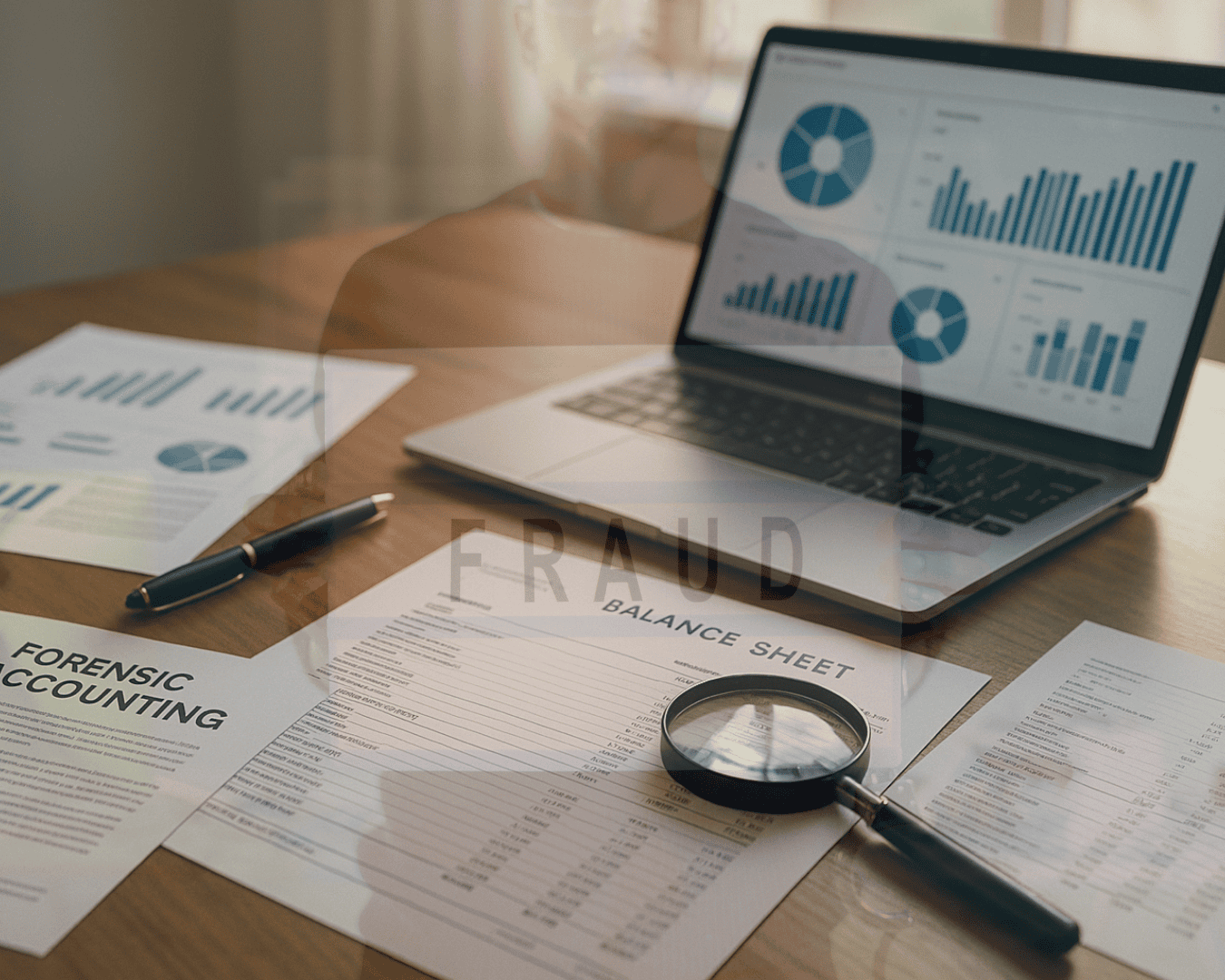




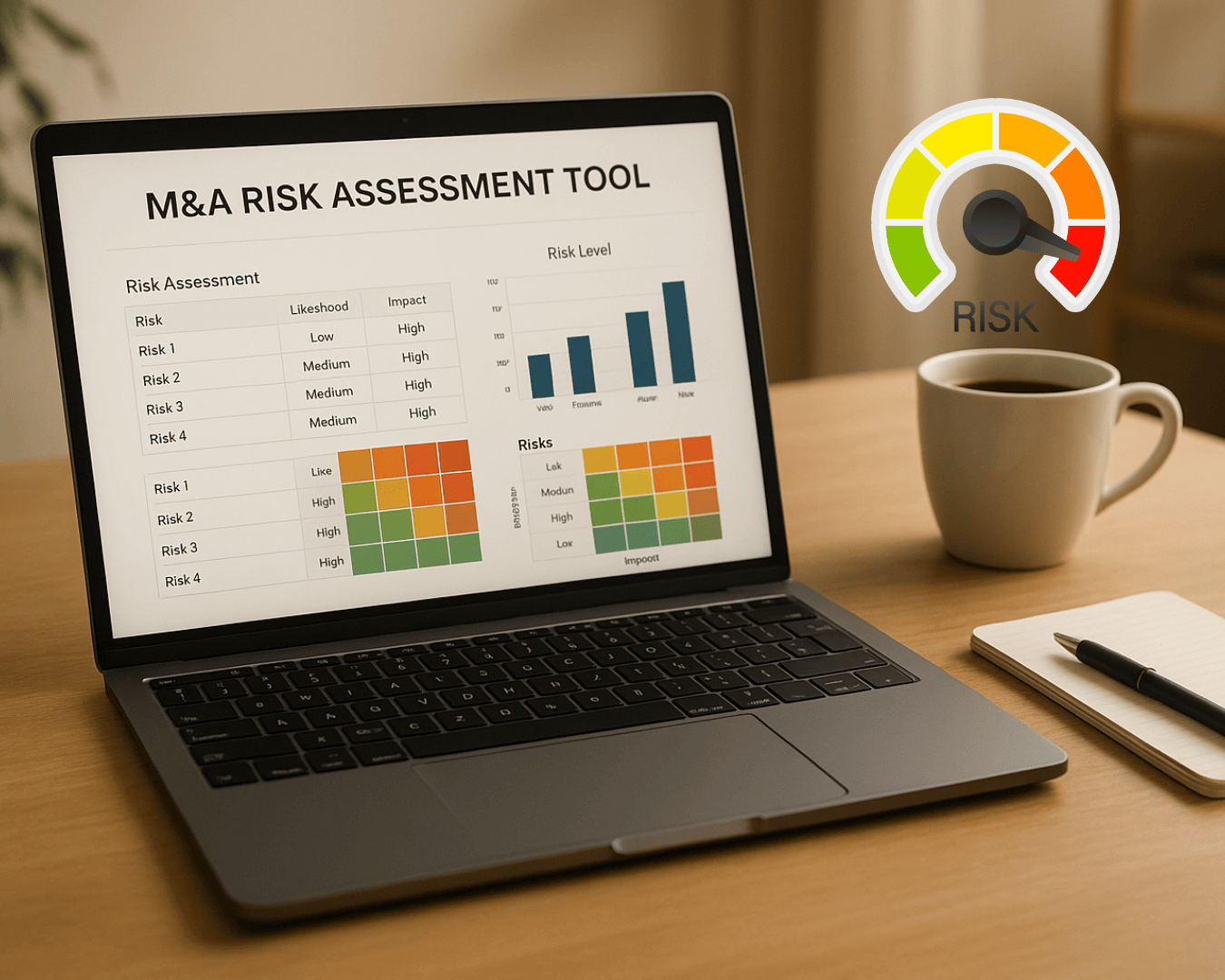

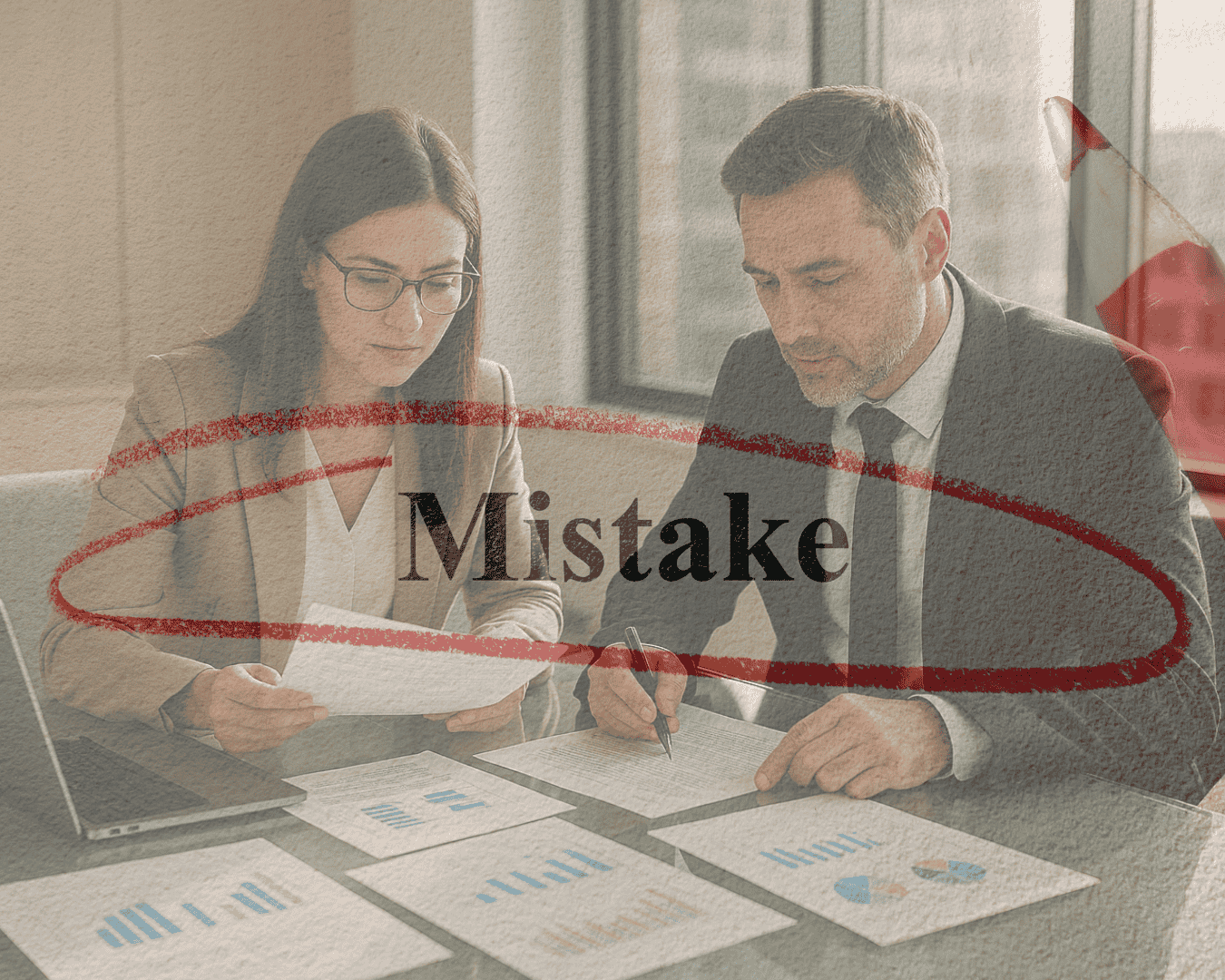
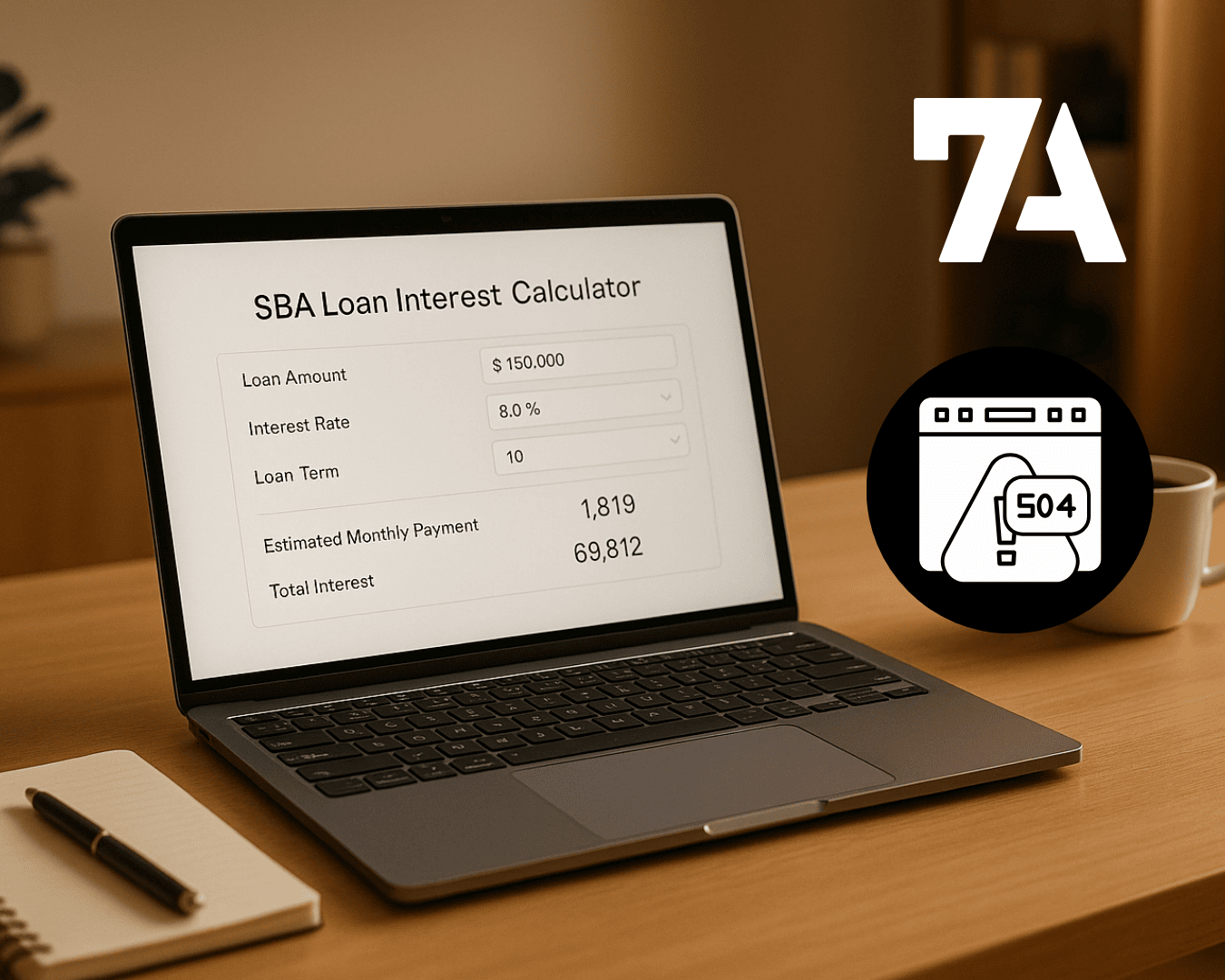








%20Loan%20Application%20Checklist.png)
